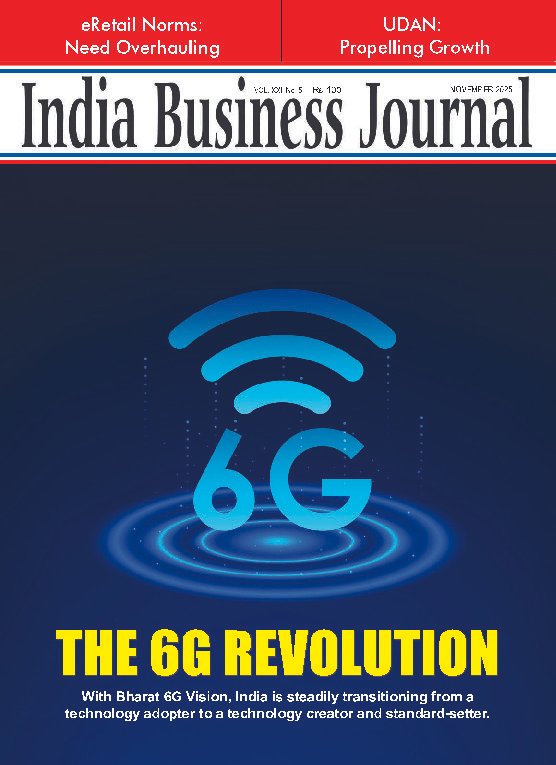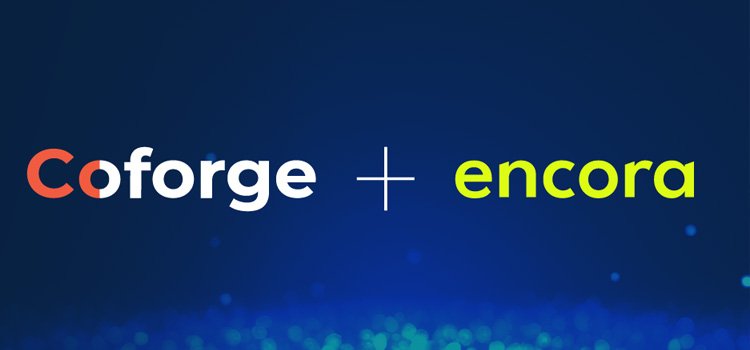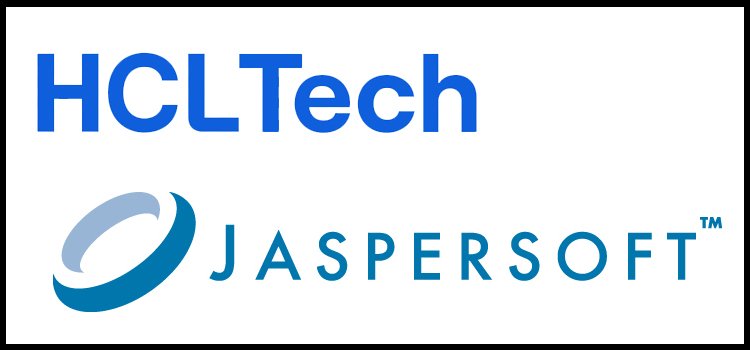ECONOMY
The Plunging Rupee
- IBJ Bureau
- Jun 06, 2022

The rupee is in a
free fall. The Indian currency is depreciating at a fast pace against the
dollar. It has raced past a record low of Rs 77.7 against the US currency and is
fast approaching the Rs 80 mark. The Indian currency is not an outlier.
Currencies of most other emerging economies have also exhibited weakness
against the dollar.
A host of factors
is pushing the rupee to the depressing depths. Surging oil prices, owing to
higher demand for energy and fuel and the ongoing Russia-Ukraine war, have
driven up demand for the dollar and weakened the rupee.
A raging inflation
across the globe has nudged the central banks around the world to begin raising
their key interest rates. This is leading to a flight of portfolio investors
from emerging markets back to the developed Western markets, lured by higher
interest rates pushing up the value of their investments. This outflow of
foreign funds is putting pressure on emerging market currencies, including the
rupee, and weakening them to their lifetime lows.
The outlook for
the Indian rupee continues to be weighed down by tighter global monetary policy
and strengthening of the US dollar. Foreign investors are hence selling off their
rupee-based investments and are rushing towards higher-yield dollar-based assets.
This rush for the dollar is driving up its value even as it weakens the rupee
substantially.
Interestingly,
this weakness can be capitalised for better results, and the Reserve Bank of
India (RBI) already seems to be doing it. The RBI considers that the rupee is
overvalued. So, the central bank is letting the rupee fall to its real,
effective rate. This plunge in the Indian currency can act as an automatic
stabiliser. It can help ease the Current Account Deficit (CAD) – difference
between total inflows and total outflows of foreign currency – by curbing
imports. More importantly, it will help boost exports, with Indian shipments
turning cheaper and attractive in the global markets. Exports, after all, are a
critical driver of the country’s economy.
However, the thin
silver lining of likely higher exports and lower imports pales before the thick
dark clouds. A falling rupee increases inflation by making imports costlier.
Overheated prices of crude oil, edible oil, gold and a range of other imports
have driven up both Wholesale Price Index (WPI) and Consumer Price Index (CPI)
inflation to their lifetime highs.
In February, the
RBI had retained its accommodative monetary stance to nurse economic recovery.
The picture has changed dramatically since then, and India now has to deal with
twin deficits –
CAD as well as fiscal
deficit – difference between total expenditure and total revenues of the
government.
Meanwhile, the RBI
is intervening in both the bond and forex markets to nudge up interest rates
and cushion the rupee’s fall. The central bank has been intervening in the
forex market to soften the rupee’s slide. The fall in the RBI’s foreign
exchange reserves below $600 billion amply proves the manner in which the RBI
is intervening in the market to tackle the runaway inflation.
The RBI’s own calculations reveal that every 5
per cent depreciation in the rupee adds about 15 basis points to the inflation.
It is fairly difficult to say where exactly the rupee will settle down. As and when
the rupee plunges further and turns volatile with a downward bias, the RBI will
aggressively intervene in the forex market to bring stability to the currency.
There is no need to panic now, given the cushion of the RBI’s huge forex
reserves. But that should not lull the government and the RBI into complacency.





















Report By
View Reporter News